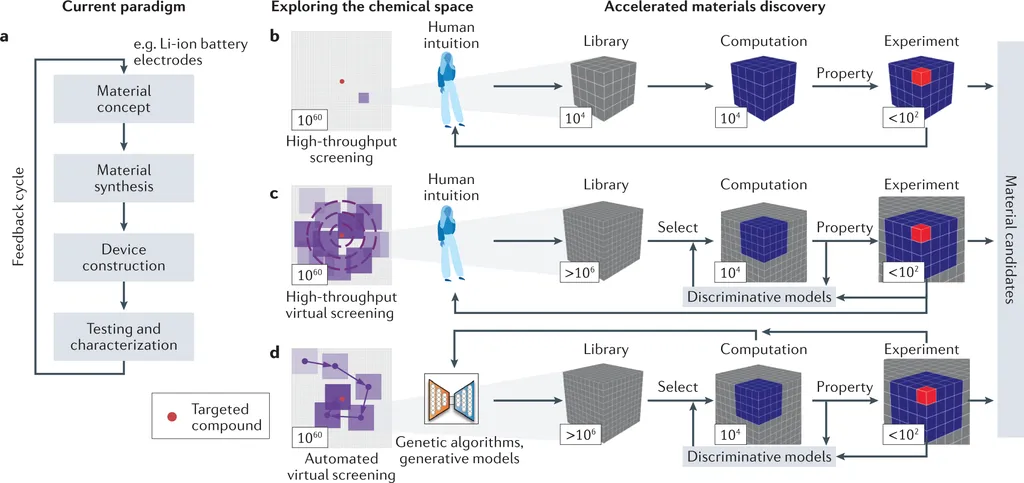In the quest for more reliable and efficient renewable energy integration, researchers are turning to advanced machine learning techniques to predict solar and wind energy output with unprecedented accuracy. A recent study published in the journal *Chemical Engineering Transactions* introduces a novel approach that could significantly enhance long-term forecasting for renewable energy sources, offering a promising solution to one of the sector’s most pressing challenges.
The research, led by James David Abiog, presents a sophisticated Bayesian machine learning method called Gaussian process regression with tree-based multiple kernel search (GPR-TMKS). This innovative model automates the search for the best kernel combination in Gaussian process models, utilizing a tree structure of base kernels such as linear, periodic, squared exponential, and rational quadratic functions. The study demonstrates the model’s superiority over traditional autoregressive models and long short-term memory (LSTM) networks, achieving remarkable accuracy in forecasting solar and wind energy.
Using solar and wind energy time series data collected from 2000 to 2022 in the province of Isabela, Philippines, the GPR-TMKS model achieved root-mean-squared error (RMSE) test values of 0.43 kWh/m2/day for solar forecasts and 0.50 m/s for wind forecasts. These results indicate a significant improvement in prediction accuracy, which is crucial for effective energy planning and operations.
“The intermittency behavior of renewable energy sources has always been a challenge,” Abiog explained. “With more accurate predictions and lower uncertainties, we can better understand and manage this intermittency, leading to more effective integration of renewable energy with existing power grids.”
The implications of this research are far-reaching for the energy sector. Accurate long-term forecasting is essential for grid stability, energy storage planning, and market operations. By providing more reliable predictions, the GPR-TMKS model can help energy providers optimize their operations, reduce costs, and enhance the overall efficiency of renewable energy integration.
As the world continues to transition towards cleaner energy sources, advancements in forecasting technologies like GPR-TMKS will play a pivotal role in shaping the future of the energy sector. This research not only demonstrates the potential of machine learning in addressing renewable energy challenges but also paves the way for further innovations in the field.
With the growing adoption of renewable energy sources, the need for accurate and reliable forecasting has never been greater. The GPR-TMKS model offers a promising solution, providing energy providers with the tools they need to navigate the complexities of renewable energy integration and ensure a stable and sustainable energy future.

